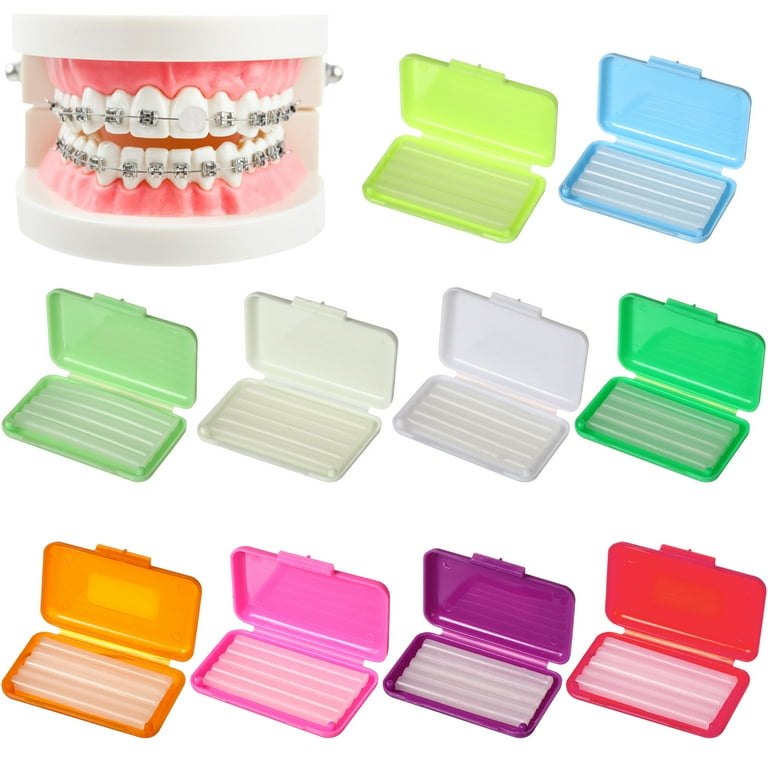Why Cumming Invisalign is the Perfect Selection for a Discreet Orthodontic Solution
Comprehensive Guide to Orthodontics Treatments for Correcting Oral Misalignments
Comprehending the complexities of each treatment, including their mechanisms, benefits, and prospective drawbacks, is essential in making informed choices about one's orthodontic treatment. As we navigate with the thorough guide to orthodontic treatments for fixing dental misalignments, the intricate information of each method will unravel, dropping light on the path towards a useful and unified dental placement.
Orthodontic Procedures Introduction

Along with clear aligners and typical braces, orthodontists might also advise various other treatments like headgear, palatal expanders, or retainers to resolve details positioning problems (aligners). These procedures are tailored to each individual's one-of-a-kind needs and may include a mix of therapies to attain the desired results. Regular changes and surveillance are vital components of orthodontic treatment to make sure progression gets on track and to make any type of needed modifications in the process. By undertaking orthodontic treatments, patients can not only achieve a straighter grin but also improve their total dental health and function.
Standard Dental Braces: Just How They Function
When taking into consideration orthodontic therapies for dental misalignments, standard braces stick out as a tried and true method for remedying teeth placing. Conventional dental braces contain braces, wires, and bands that interact to use constant pressure on the teeth, slowly moving them right into the desired placement. The brackets are affixed to the teeth using a special adhesive, and the cables are threaded through the brackets. By adjusting the stress of the cables, orthodontists can manage the instructions and pressure used to each tooth, assisting them right into appropriate alignment gradually.
As pressure is applied to the teeth through the dental braces, the bone bordering the teeth is improved to sustain the brand-new tooth placements. Clients will certainly require routine changes at the orthodontist's workplace to make sure the dental braces continue to apply the correct pressure for reliable teeth activity.
Invisible Aligners: Pros and Cons
These clear, personalized trays are practically undetectable when used, making them an attractive alternative for individuals seeking a more visually pleasing orthodontic therapy. People can remove the aligners prior to eating or cleaning their teeth, reducing the threat of food obtaining stuck in the appliance and simplifying the cleaning process.

Surgical Orthodontic Options
Surgical interventions in orthodontics present viable choices for addressing intricate dental misalignments that may not be effectively solved with standard orthodontic treatments. While unseen aligners and typical dental for dental braces can correct many orthodontic problems, certain instances call for medical intervention to accomplish ideal results. Surgical orthodontic choices are usually recommended for extreme malocclusions, substantial jaw inconsistencies, and situations where the underlying bone framework requires adjustment to achieve proper placement.
One typical medical orthodontic procedure is orthognathic surgery, which includes rearranging the jaws to fix practical problems such as difficulty speaking or eating. This surgery is frequently done in collaboration with an orthodontist who helps straighten the teeth prior to and This Site after the treatment. Surgical orthodontics may additionally include procedures to subject influenced teeth, eliminate excess periodontal cells, or reshape the jawbone to develop an extra unified facial account.
Prior to thinking about surgical orthodontic choices, individuals go through a detailed assessment to establish the requirement and prospective benefits of such interventions. cumming orthodontics. While surgical treatment may appear challenging, it can considerably improve both the feature and visual appeals of the smile in situations where traditional orthodontic treatments fail
Retainers and Post-Treatment Care

Post-treatment treatment includes complying with the orthodontist's instructions faithfully. This might include proper dental hygiene practices, attending follow-up visits, click resources and using the retainers as prescribed. Failure to follow post-treatment care guidelines can lead to relapse, where the teeth gradually move back towards their initial settings. Consistent retainer wear, great dental health, and routine oral check-ups are vital for keeping the results attained through orthodontic surgery and guaranteeing the long-term stability of the fixed oral placement.
Conclusion
In verdict, orthodontic procedures offer different options for correcting dental imbalances. Surgical orthodontic choices are offered for much more extreme imbalances. In general, orthodontic treatments can properly enhance oral health and wellness and aesthetic appearance.
As we navigate through the thorough overview to orthodontic treatments for correcting oral misalignments, the intricate information of each technique will certainly unravel, dropping light on the path towards a functional and unified dental positioning. - cumming orthodontics
One of the most usual orthodontic treatments is the use of dental braces, which are composed of steel braces and wires that apply mild stress to progressively shift teeth right into the desired setting.When thinking about orthodontic therapies for dental misalignments, conventional braces stand out as a reliable technique for correcting teeth placing. Additionally, invisible aligners might not be suitable for complicated orthodontic issues that call for more considerable teeth activity, as they are typically recommended for moderate to moderate cases. Retainers are tailor-made orthodontic tools created to hold teeth in their dealt with settings after the completion of orthodontic treatment.